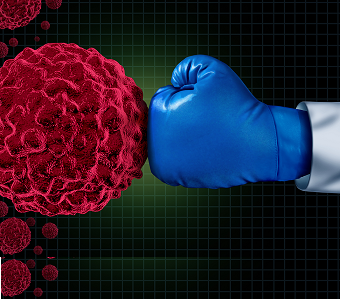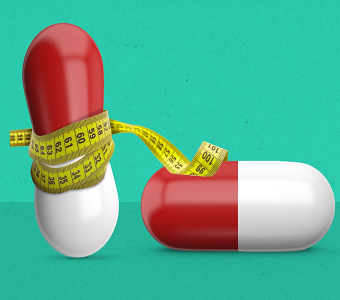Raptor Pharmaceutical Corp. (RPTP) announced it has submitted an investigational new drug application (IND) to the U.S. Food and Drug Administration (FDA) for the clinical development of RP103 as a potential treatment for Leigh syndrome and other mitochondrial disorders. Raptor has applied to the FDA for an orphan-drug designation in this indication.
Leigh syndrome is a severe neurological disorder that typically arises in the first year of life. This condition is characterized by progressive loss of mental and movement abilities (psychomotor regression) and typically results in death within a couple of years, usually due to respiratory failure. The incidence of Leigh syndrome in the U.S. is estimated to be 1 in 40,000 newborns. Currently, there are no approved treatments for Leigh syndrome.
RP103 (PROCYSBI) is currently marketed in the U.S. to manage nephropathic cystinosis in adults and children 6 years and older. Cystinosis is a condition characterized by accumulation of the amino acid cystine (a building block of proteins) within cells. Excess cystine damages cells and often forms crystals that can build up and cause problems in many organs and tissues. Nephropathic cystinosis affects the kidneys. RP103 works as an antioxidant and is believed to increase mitochondrial glutathione, which reduces the dangerous reactive oxygen species that harm cells. Mitochondrial disorders are characterized by damage from reactive oxygen species.
RPTP plans to start the Leigh syndrome trial in the first quarter of 2014. The RP103-MITO-001 trial is designed to evaluate the safety, tolerability and efficacy of RP103 in patients with genetically confirmed Leigh syndrome and other mitochondrial disorders. The clinical plan includes an open label, 24 week, Phase 2b study in 32 patients (up to a maximum of 64 patients). The primary endpoint of the study will be the change from baseline in the Newcastle Pediatric Mitochondrial Disease Scale (NPMDS) at 24 weeks. Secondary endpoints will include observations of myopathy, dystonia, seizures, motor development, dyskinesia, quality of life, and activities of daily living. Interim results from the initial 24 patients are expected by the end of 2014.




